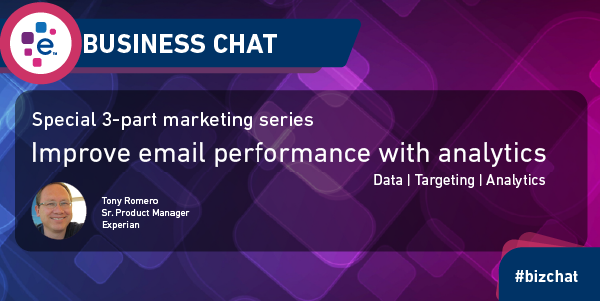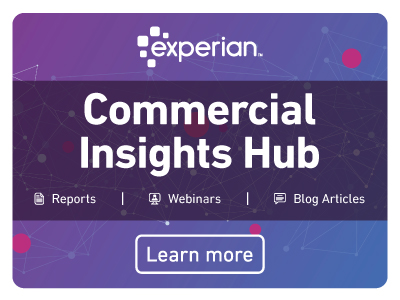All posts by Gary Stockton
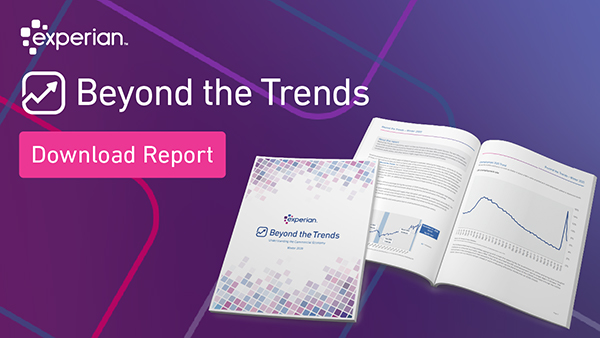
After a busy holiday season, we are pleased to announce the publication of our Winter 2023 Beyond the Trends report. Holiday spending increases by 7.6% Small businesses' health and performance in 2022 was strong as consumers spent beyond their means, to prolong demand behaviors learned in an economy overflowing with stimulus, coming out of the pandemic where personal savings was running lean. Despite impact of inflation on incomes, spending continues Retailers will fight for consumer spending, but consumers will find their purchasing power limited as interest rates increase and assumption of unexpected debt payments. Other highlights Consumer credit overall decreased 16% month over month in the fourth quarter as delinquencies climbed as mortgage markets continue to slow. New unsecured credit card debt rose 4% as thin consumer savings forced more debt to the consumers credit card. New U.S. emerging businesses seeking credit is down 5.7% year over year as new business applications in the U.S. slow and commercial delinquencies rise. Experian saw a 61% YOY increase in the percentage of high risk small business credit inquiries with emerging business seeking credit up 78.5% year over year with limited commercial credit history in the 4th quarter leading to lower-than-normal average credit lines across the industry. Small business lenders will focus on four critical areas in the coming months to ensure their businesses remain stable and continue to grow. Market expansionDeterring fraud Limiting portfolio exposureDeveloping loyalty among profitable customers Download Winter 2023 Beyond The Trends Report
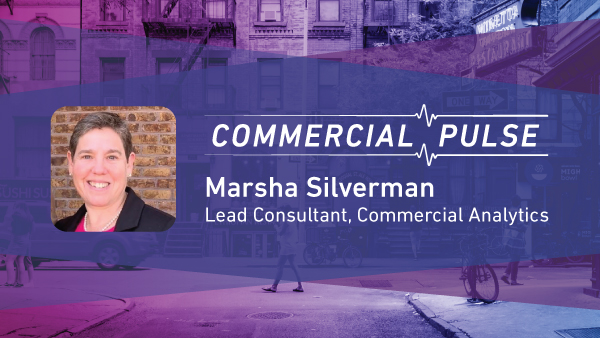
The advanced Q1 2023 GDP numbers show that the U.S. economy grew an annualized 1.1%, down from 2.6% in Q4 2022.
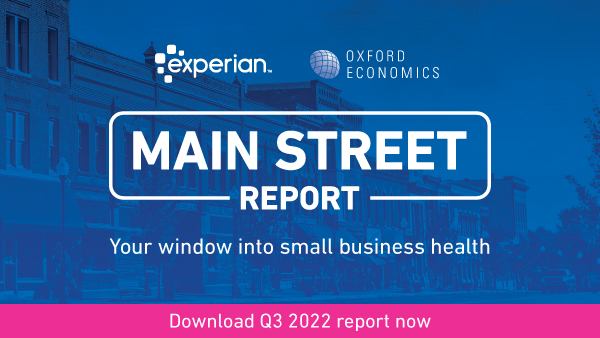
Labor market gives the Fed cover to keep hiking Experian Business Information Services and the economists at Oxford Economics have just released the Q3 2022 Main Street Report. The report brings deep insight into the overall financial well-being of the small-business landscape, as well as providing commentary around what specific trends mean for credit grantors and the small-business community. Report Overview Sustained consumer spending and strong job market performance have perpetuated U.S. small business health and positive market sentiment. The third quarter highlighted open and growing commercial lending markets, inclusive of all tiers of credit risk, even as measured commercial delinquencies returned to pre-pandemic levels. Signals in the financial market point to a heightened risk of a more significant U.S. economic slow-down in 2023, as consumers change spending behavior as affordability tightens and personal cashflows are challenged first in the lower income segments. Download Report

Heading into the holiday season, we'll see if consumers continue to spend at high levels, or if higher prices, higher interest rates and lower savings create a drag on sales.
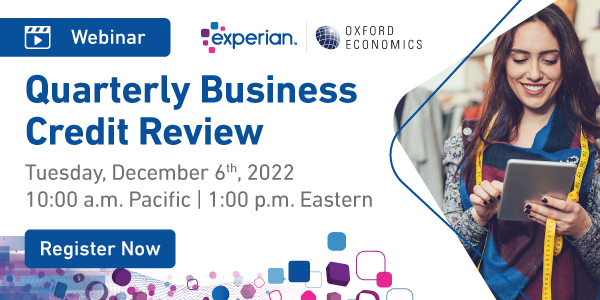
Mark your calendars! Experian and Oxford Economics will present key findings in the latest Main Street Report for Q3 2022 during the Quarterly Business Credit Review. Ryan Sweet, Oxford’s U.S. Chief Economist will share his take on Experian’s most recent small business credit data and a macroeconomic outlook for the coming quarter. Brodie Oldham, Experian’s V.P. of Commercial Data Science, will cover commercial credit trends. Our Presenters Brodie Oldham, V.P. Commercial Data ScienceExperian Ryan Sweet, U.S. Chief EconomistOxford Economics Q3 2022 Main Street Report The Q3 2022 Experian/Oxford Economics Main Street report will release at the end of November. If you are not already subscribed to thought leadership updates, be sure to sign up for updates on our Commercial Insights Hub. Event Details Date: Tuesday, December 6th, 2022Time: 10:00 a.m. (Pacific), 1:00 p.m. (Eastern) Why you should attend: Leading Experts on Commercial and Macro-Economic TrendsCredit insights and trends on 30+ Million active businessesAsk our panel questions in real-timeIndustry Hot Topics Covered (Inclusive of Business Owner and Small Business Data)Commercial Insights you cannot get anywhere elsePeer Insights with Interactive Polls (Participate)Discover and understand small business trends to make informed decisionsActionable takeaways based on recent credit performance Save My Seat
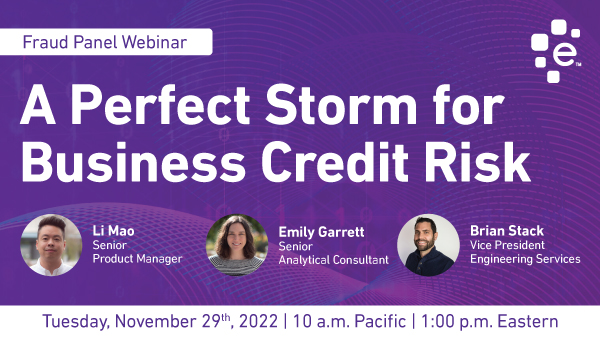
The Pandemic drove a tidal wave of small business creation, with over 5.4 million new small businesses in 2021 alone, and millions more this year. Now, the U.S. economy is continuing to change, but becoming more uncertain amid rising interest rates and worries over inflation. With the cost of money rising for small businesses, many are turning to different credit offerings to keep the cash flowing. Application fraud on the rise Some borrowers don’t always have good intentions, and credit issuers struggle to control fraud rates. If you manage risk for a financial institution, trade credit issuer or just want to understand the persistent wave of fraudulent small business applications you should attend our upcoming webinar. Attend our webinar A Perfect Storm for Business Credit RiskDate: Tuesday, November 29th, 2022Time: 10 a.m. Pacific | 1p.m. Eastern. In this talk, Experian's Fraud Products lead, Li Mao, is joined by Sr. Analytical Consultant Emily Garrett and Brian Stack, Experian's V.P. of Engineering Services, to discuss the fraud problem and what to do about it. Li Mao, Sr. Product Manager, Experian Fraud Solutions Emily Garrett, Sr. Analytical Consultant Manager, Experian Brian Stack, V.P. Engineering Services, Experian We'll cover: New business formation, how to assess younger businessesEconomic pressures on B2B's that you are not yet reading aboutStatistics on the gathering fraud storm3 tips for smooth sailing in your credit operations Register to attend

We are pleased to announce the publication of our Fall 2022 Beyond the Trends report. The Sales are coming!! Small businesses have been building inventory over the last year driven by fears that the global supply chain could break down at any moment. This anxiety created an environment of pre-ordering behavior intended to elevate the worry felt during the height of the pandemic that their business would fail not due to a lack of shoppers, but an empty shelf. Global economic environments change quickly, and our world is seeing heightened inflation. This increase in the price of goods and services is leading to softened consumer demand. Will holiday sales keep small business afloat before consumer behavior changes. Tough challenges for newer businesses and lenders Forty percent of small business have been operating for less than 1 year. These new businesses will be challenged by a tightening credit market, rising costs, and softening consumer demand. Commercial lenders are originating 13% less high risk subprime accounts since the 2021 even as through the door high risk inquiries have increased by 59%. Average credit lines on new commercial originations dropped 3% since the beginning of the pandemic as lenders look for growth while limiting exposure. In Q22022 those lines rose 1.4% as 40% less small businesses were accessing commercial credit. Download Fall 2022 Beyond the Trends Report

The team from Experian is very excited to be attending the TRMA 2022 Fall Conference in Louisville, Kentucky October 18-20th. As a Gold Sponsor, we can't wait to meet with you in person to hear your challenges, your goals and to share some of the things we have been working on. Please reach out and connect with us on LinkedIn to get a conversation started. Beth Bayer Neal Rogers Meg Wilson Mathew Robey James Brezack Don't miss Neal Rogers breakout session on Oct 20th at 10:45: Data-driven strategies to deliver consistent growth and maintain positive customer experiences As telco companies face an increasingly competitive environment, they are looking for ways to drive continuous growth. With industry-wide efforts to capture market share, telco providers are looking to enhance personalized targeting while mitigating risk and fraudulent activities while continuing to focus on serving underserved communities. In this session, we will explore how to acquire and approve more consumers with better data, less friction, fewer deposits, fewer vendors, and potentially less cost.Learning Objectives: Learn about enhanced, unrivaled data to bolster growth while mitigating risk and spearheading DEI.A case study illustrating the effectiveness of Experian’s composite risk model in helping to decrease deposits and increase approval time. It promises to be a great session, see you all in Louisville, KY!

